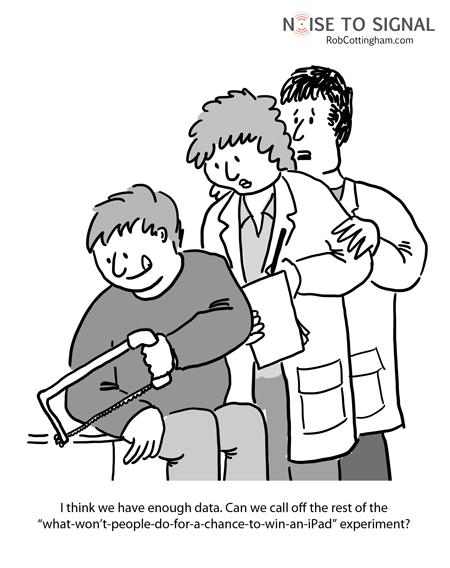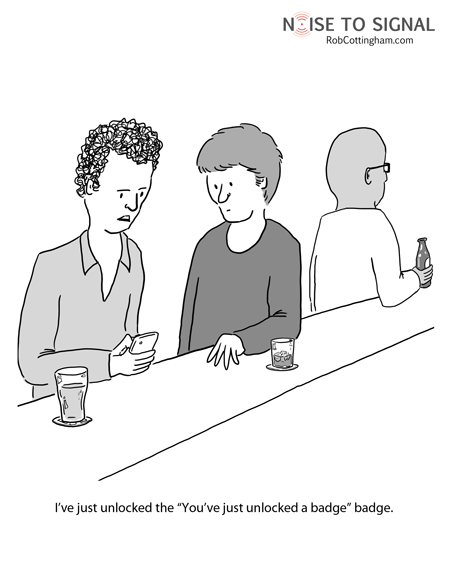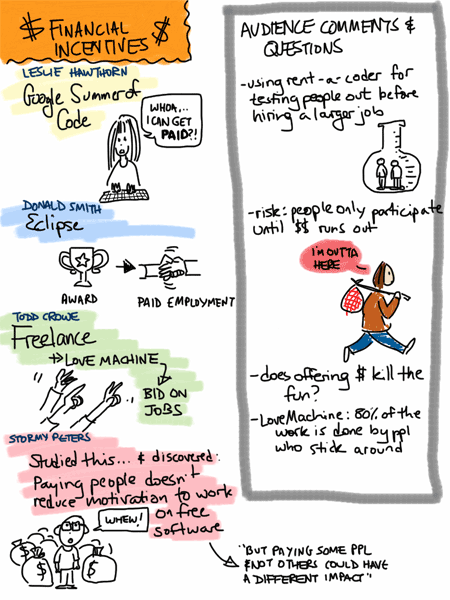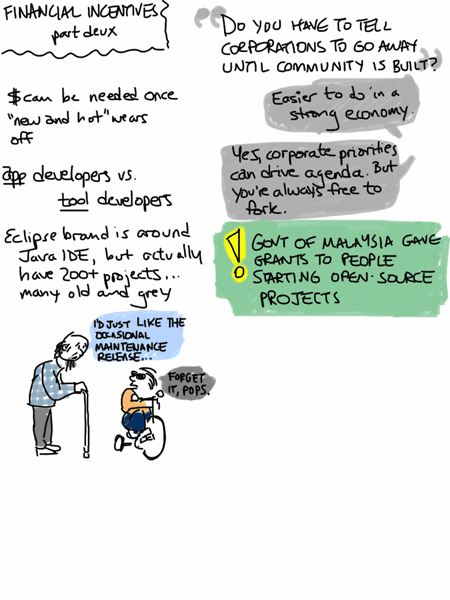Originally posted on ReadWriteWeb.
There’s something about Apple’s consumer design chops that makes their latest product – whatever it happens to be – the definitive object of desire of the moment.
Steve Jobs could announce a new line of refrigerator expansion valves next week, and we’d be lining up at midnight to buy them. (“It’s tiny. It’s revolutionary. It will completely transform the way you lower the temperature of food.”)
And not because we’re slavish Mac fangirls-and-boys. (Okay, not just because of that.) It actuallywill be freakin’ amazing. Sure, you’ll only be able to buy food approved by the App(etizer) Store, but the design! The user experience! the way the mustard swishes out of the way when you swipe!
And before Jobs even leaves the stage, the marketing and promotion industry steps in. The low-end version of the product – whatever the equivalent of an iPod Shuffle is – becomes the giveaway of choice to people signing up for a new service, whether it’s a bank account, cable or a loan-shark arrangement. The high-end version becomes either the first prize for every contest around, or the bait for a multitude of online scams. (Suuuuure people are auctioning iPads off for $2 each.)
Somehow, Apple has found the combination to the Oh God I Have to Have That center of our brains. And if that sounds a little terrifying, it probably is. The only comfort is this: they haven’t quite perfected it yet.




